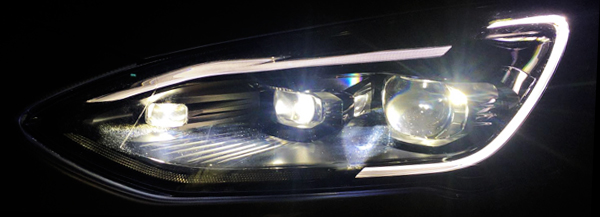What is an LED? Lighting of the new millennium. Quick development increases quality and decreases producing prices. LED bulbs are used almost everywhere today and are experiencing the biggest BOOM. Although, this invention is more than half a century old and began to appear in electrical engineering in the 60s of the last century. A characteristic feature of LED lights technology was the pure white light, while the classic bulbs glow yellow and the energy-saving bulbs also have a yellowish tone. New types of LED bulbs can also create yellow light or any desired color.

Advantages of LED technology
1.Lower energy consumption than other types of light bulbs. Thanks to a significantly higher overall luminous efficacy, LED bulbs can emit more light per unit of power. What mean, that at the same luminous flux, LED bulbs are up to 10 times more economical than conventional bulbs and approximately 2.5 times more economical than energy-saving fluorescent lamps.
Illustrative conversion:
LED bulb 1W = 100lm
Classic bulb 1W = 10lm
40W conventional bulb = 35W halogen bulb = 11W energy saving bulb = 4W LED bulb
2. Longer service life LED bulbs last to shine many times longer, compared to conventional bulbs or fluorescent lamps.
3. They do not contain toxic substances especially mercury.
4. Immediate lighting LED bulbs do not have the long start up typical of Xenon or fluorescent lamps.
5. Compact size allows to use more LED sources to increase light intensity or matrix function.
Usage
LED lights can be used in almost everything that shines, for example: Vehicle lighting (main lights, interior lighting), home interior lights, industrial lighting, light chains for Christmas trees, headlights, work lamps, designer lighting, electronics, billboards and much more…

